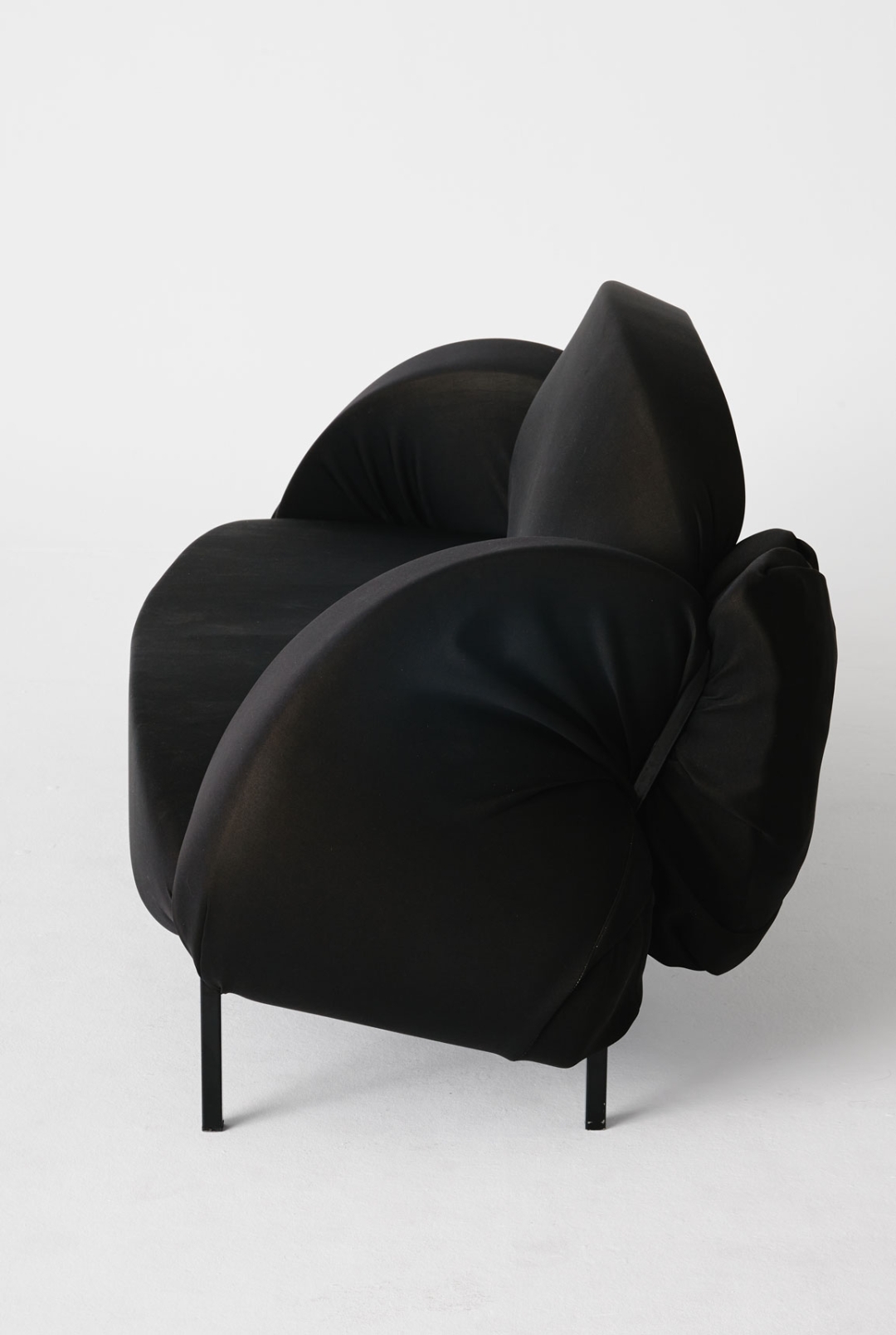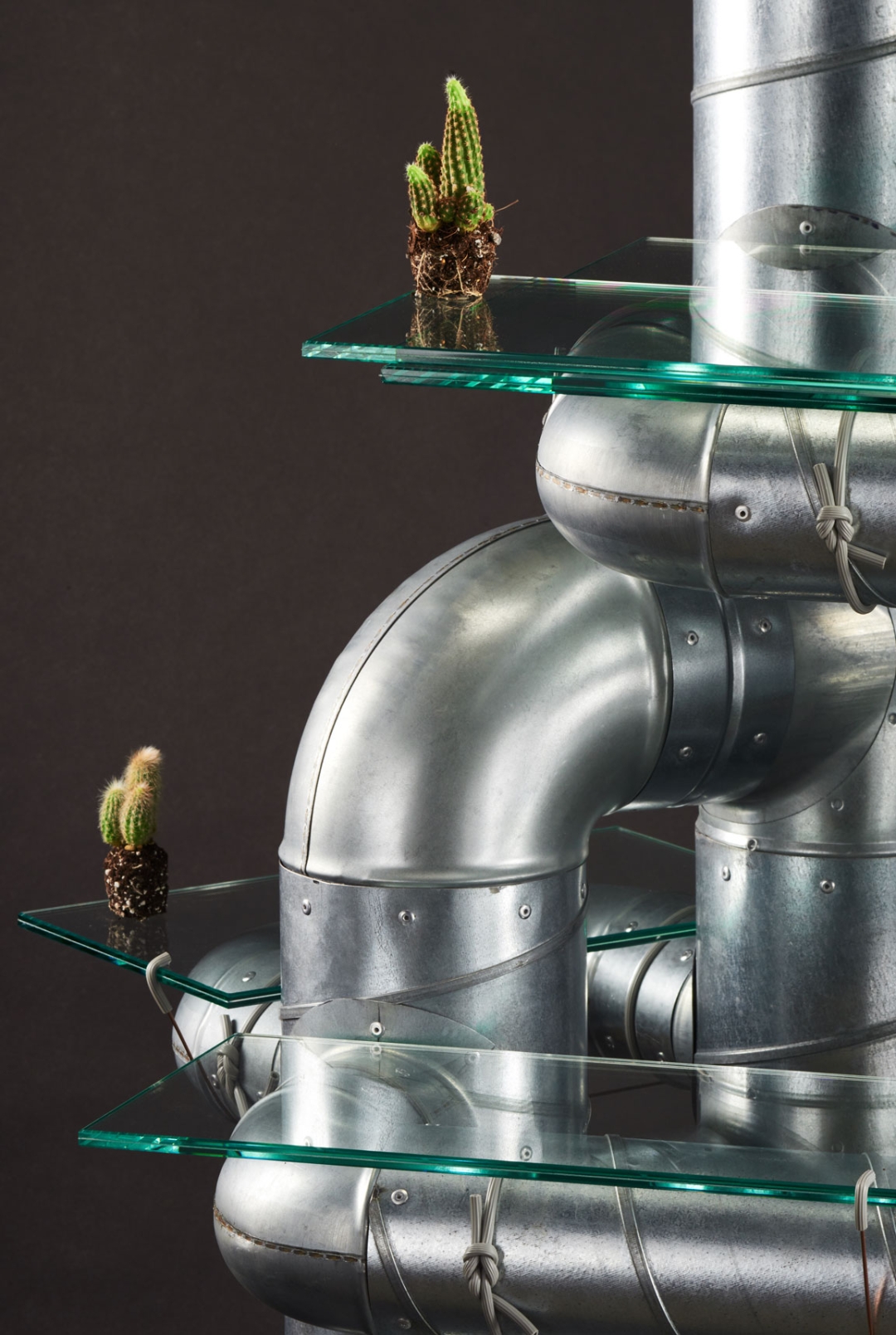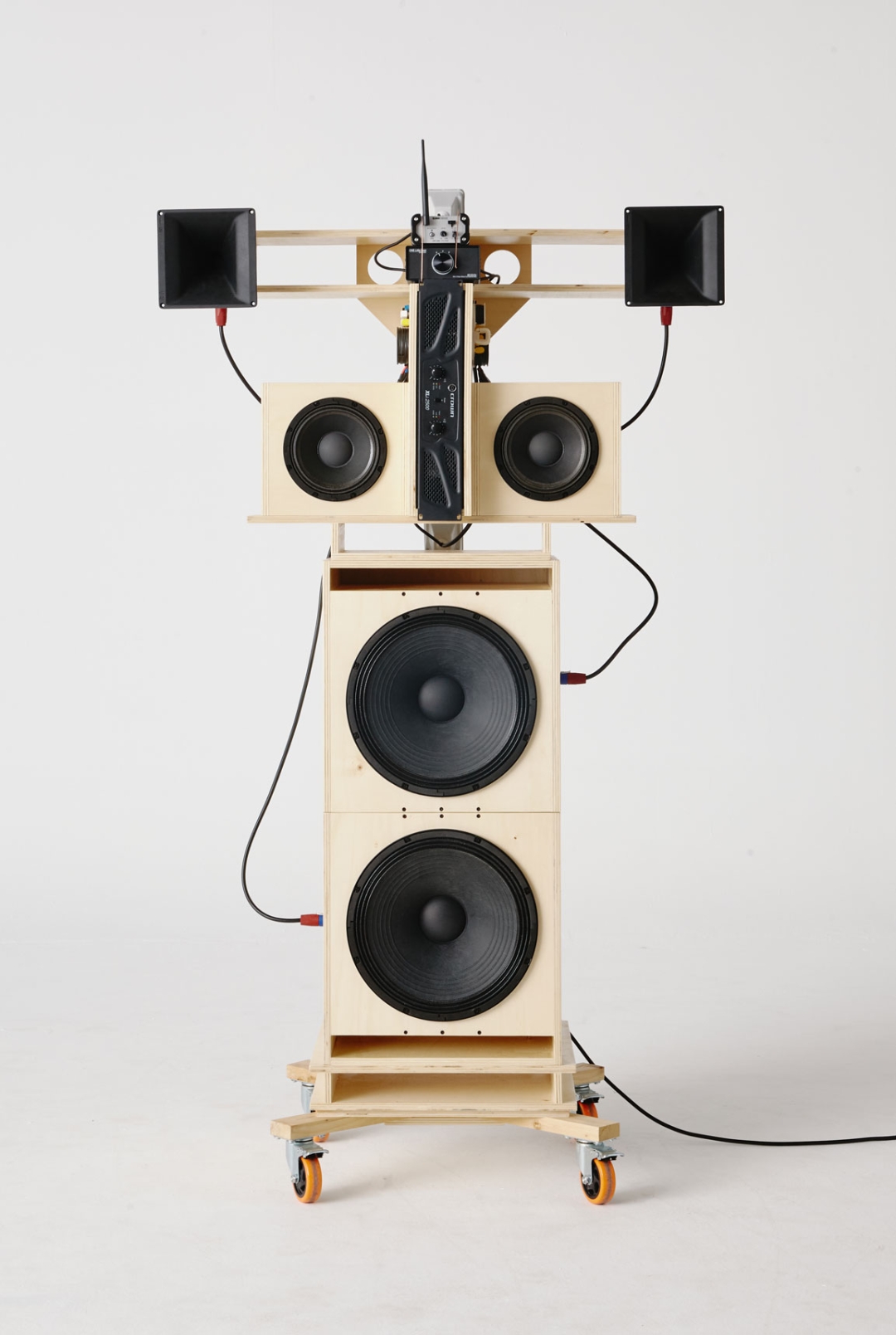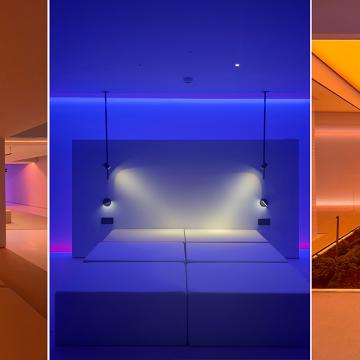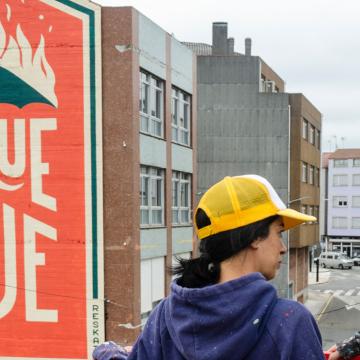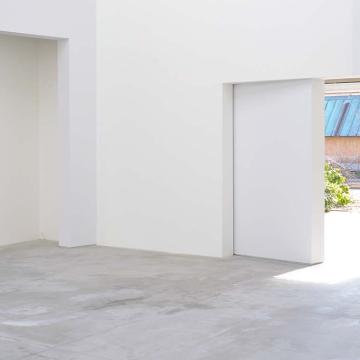Since opening on the 17th of April, Espacio Iberia has welcomed dozens of guests with one thing in common: their infinite talent. Talent that has inspired all the people who have sat there to listen to them.
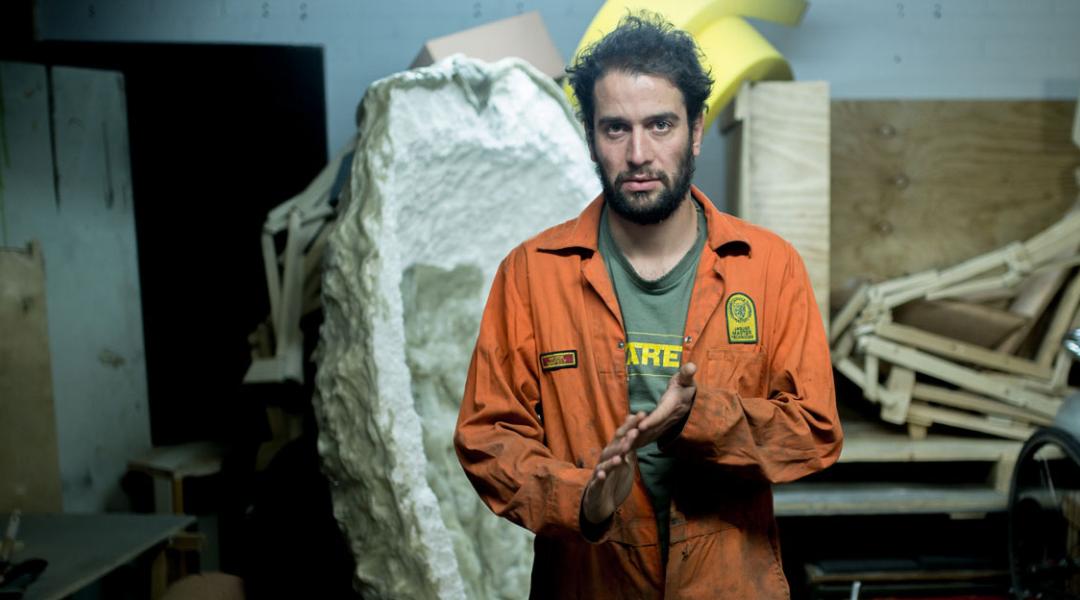
Lucas Muñoz Muñoz’s talent highlights the value of sustainable design by using elements rescued from recycling centres, factories, or shops. One way of campaigning for the creative and aesthetic potential of materials that we’re too quick to call rubbish. The result are pieces that fall somewhere in between conceptual art and functional design that redefine decoration while being exhibited at museums and art galleries.
He came up with the iconic Volivik lamp made with pens, the Tubular chair made with ventilation tubes, he invented the Meteorite Sound System and redesigned the sofa with the Bent Foam Metal Frame series. After ten years living in the Netherlands —he studied at the Design Academy Eindhoven—, Lucas Muñoz Muñoz (Madrid, 1983) returned to his hometown to start a large project —he designed for 18 months every single detail of the Mo de Movimiento restaurant— and, after the pandemic and lockdown, decided to stay. A work that earned him recognition from the influential design and architecture magazine Dezeen for most sustainable interior design of the year. In 2022 he was a finalist of the MINI Design Award at Madrid Design Festival for his M15 project, which consisted of manufacturing furniture for commercial spaces using waste collected within a radius of 15 kilometres from the city centre. Creative and inquisitive, he is currently immersed in producing and directing a documentary, creating a collection of mini books about design, and remodelling one of the most iconic cultural institutions of the capital: the Ateneo.
Is designing with objects that other people have thrown away a full-time job?
It’s a lifestyle. You walk along the street, take notice of something in the bin, and you’re already thinking about what you can make with it. It’s always a game, but there’s a lot of effort and work behind each idea. Drill three thousand holes or put four thousand rivets in a piece! That's not so much fun anymore.
When did you first consider designing with recovered materials?
It wasn’t a conscious decision. When I rented my first studio I started collecting waste and, the more I collected, the more I focused on transforming it. It was a natural progression: this is what I have around me, and I have the idea of turning it into a stool, chair, lamp…
Is feeling fond of an object the most sustainable act?
Exactly. The more you take care of a material, the less waste you generate. If you have something you love, you’re never going to throw it away. You’re going to take care of it, repair it, and convey that appreciation to the next generations, who will also take care of it fondly. Attaching sentimental value to something prevents it from ending up in landfill.
“If you have something you love, you’re never going to throw it away. You’re going to take care of it, repair it, and convey that appreciation to the next generations”
One of your most famous designs wasn’t an object, but the Mo de Movimiento restaurant. What fascinated you about that project?
Being given free rein when questioning processes, the dynamic of thinking alongside a team of sustainability experts, among other areas, and resolving issues as the project moved forward, and new opportunities and needs appeared. Although this last aspect wasn’t something I foresaw. If I had I probably wouldn’t have gotten into that mess (laughs). I came from designing objects and some exhibition design, but I’d never led an 18-month project where I had to develop the creativity for the entire project.
For the aforementioned restaurant, you designed on the go. Do you usually work like this or do you know beforehand what you can turn each object and material into?
A bit of both, but this case was unique because we created a dogma. The first principle was executing elements with materials we found in the space itself —the tables and chairs are made with wood we recovered from the building—. The second stated that, if we couldn’t find the materials on-site, we’d look for them second-hand –the lamps are fluorescent lighting recovered from recycling centres—. And the third involved working with local materials and artisans. After 20 years working on this, I have a huge archive of the possibilities of each material and possible experiments.
What do you struggle with the most when creating a good design?
Oof! I don’t think anything I’ve made to date can be considered a good design. I have loads of experiments with a lot of potential.
That’s what I call self-criticism…
I’m overly critical and still question my work. I see a lot of questions that need resolving in everything I’ve made. Also, projects never end; you deliver them, but, no matter how many years go by, you still ask yourself how you could improve them.
But do you have a basic principle to know whether you’re satisfied or not?
Yes, I need to see a progression compared to what I made before. If my latest project isn’t my favourite, I’m on the wrong path.
Do you enjoy designing conceptual art or functional elements more?
More playful designs allow me to release some creative pressure and give me the strength to take on more thoughtful projects, that demand more accuracy and consistency. So, I enjoy both, they complement each other.
“My grandfather used to say that talent is the ability to manage your gifts. In my case, I’ve been doing it for 20 years”
How much of your success is due to talent?
My grandfather used to say that talent is the ability to manage your gifts. In my case, I’ve been doing it for 20 years. My work started really intuitively, working with elements I had around me due to lack of resources. It’s been fun and has also involved a lot of hard work, racking my brains to make designs that I was satisfied with. Then, by sheer luck if you like, those ideas and pieces have ended up fitting current trends, without that being my intention.
After these 20 years, what do you feel most proud of?
Of persevering when I wanted to give up and seeing how everything is working out now, because there have been times when I doubted everything and even destroyed portfolios. Nevertheless, it was in those moments that I realised that I couldn’t turn back, and I had to continue moving forward. Now I see that everything has been worthwhile.
And now, let’s look to the future: have you set yourself any goals?
No, the goal is to look back when I’m 80 and see the progression. I’d love to have an opportunity at the Venice Biennale, of course! But it’s something that, if it’s meant to be, it will be, I’m not strategically looking for it.
